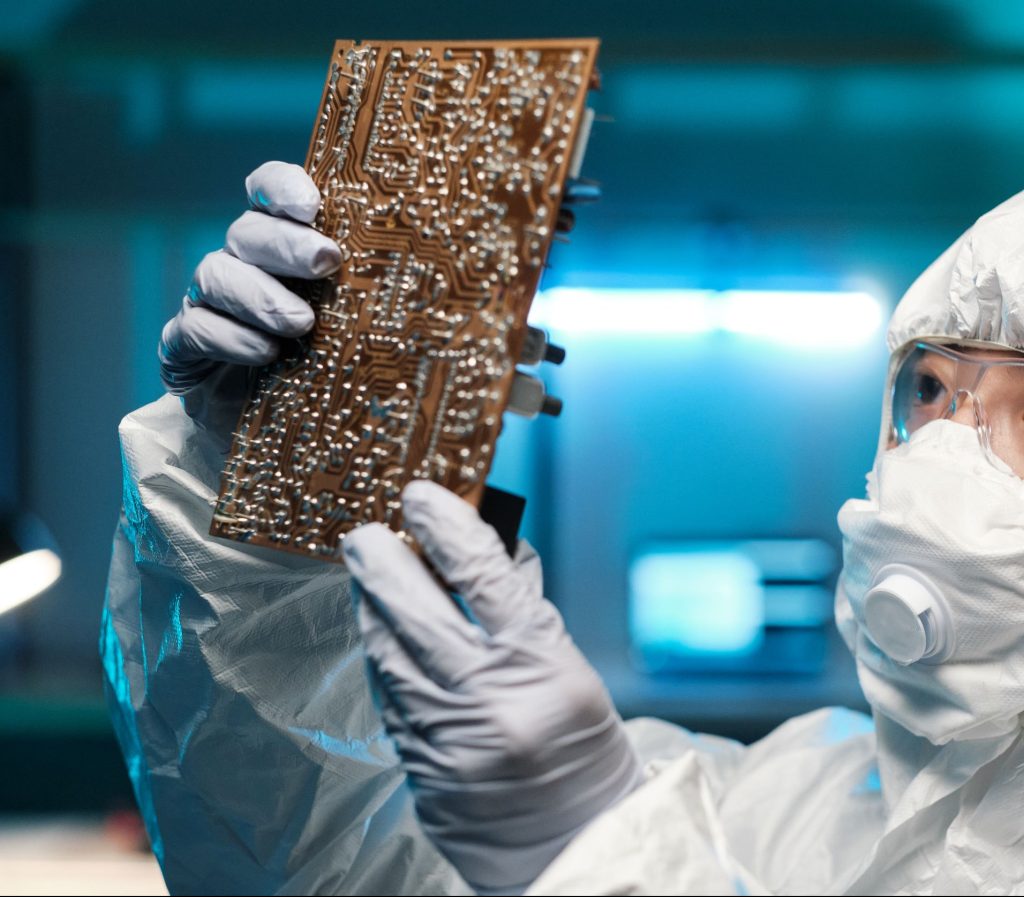In-depth review of the WEEE Collection Rates and Targets
In the EU-28, Norway, Switzerland, and Iceland
The minimum collection rates for Waste Electrical and Electronic Equipment (WEEE) are set out in the WEEE Directive in the European Union. Beginning in 2019, the most stringent collection target of WEEE was enacted in most EU Member States. Article 7 of the WEEE Directive states that the minimum collection rate to be achieved annually by a Member State shall be either 65% of the average weight of electrical and electronic equipment (EEE) placed on the market (POM) in the three preceding years or 85% of WEEE Generated on the territory of a Member State.
The WEEE Forum members have identified difficulties in reaching the targets in almost all Member States and have contracted UNITAR to undertake this study, which addresses:
- an analysis and in-depth review of the current situation in each country,
- an analysis of factors that influence the WEEE collection in order to picture the actual WEEE management across Europe,
- draw options for future improvement,
- an in-depth review of the methodologies for target-setting, as provided by the
WEEE Directive.
Andere relevante publicaties
Re-use of soundbars
How feasible is it to give soundbars a second life? Commissioned by Stichting OPEN, Second Use investigated the re-use potential of four soundbar models, revealing insights into repairability, consumer interest, and key barriers.
Re-use van soundbars
Hoe haalbaar is het om soundbars een tweede leven te geven? In opdracht van Stichting OPEN onderzocht Second Use de potentie van re-use bij vier modellen soundbars – met inzichten over reparatiemogelijkheden, consumentengedrag en belemmeringen.
Re-use of cordless vacuum cleaners
The re-use of cordless vacuum cleaners presents interesting opportunities, but battery replacement costs pose a significant challenge. This study, conducted by Second Use on behalf of Stichting OPEN, examines the feasibility of refurbishment and identifies key improvements to extend the lifespan of these appliances.


